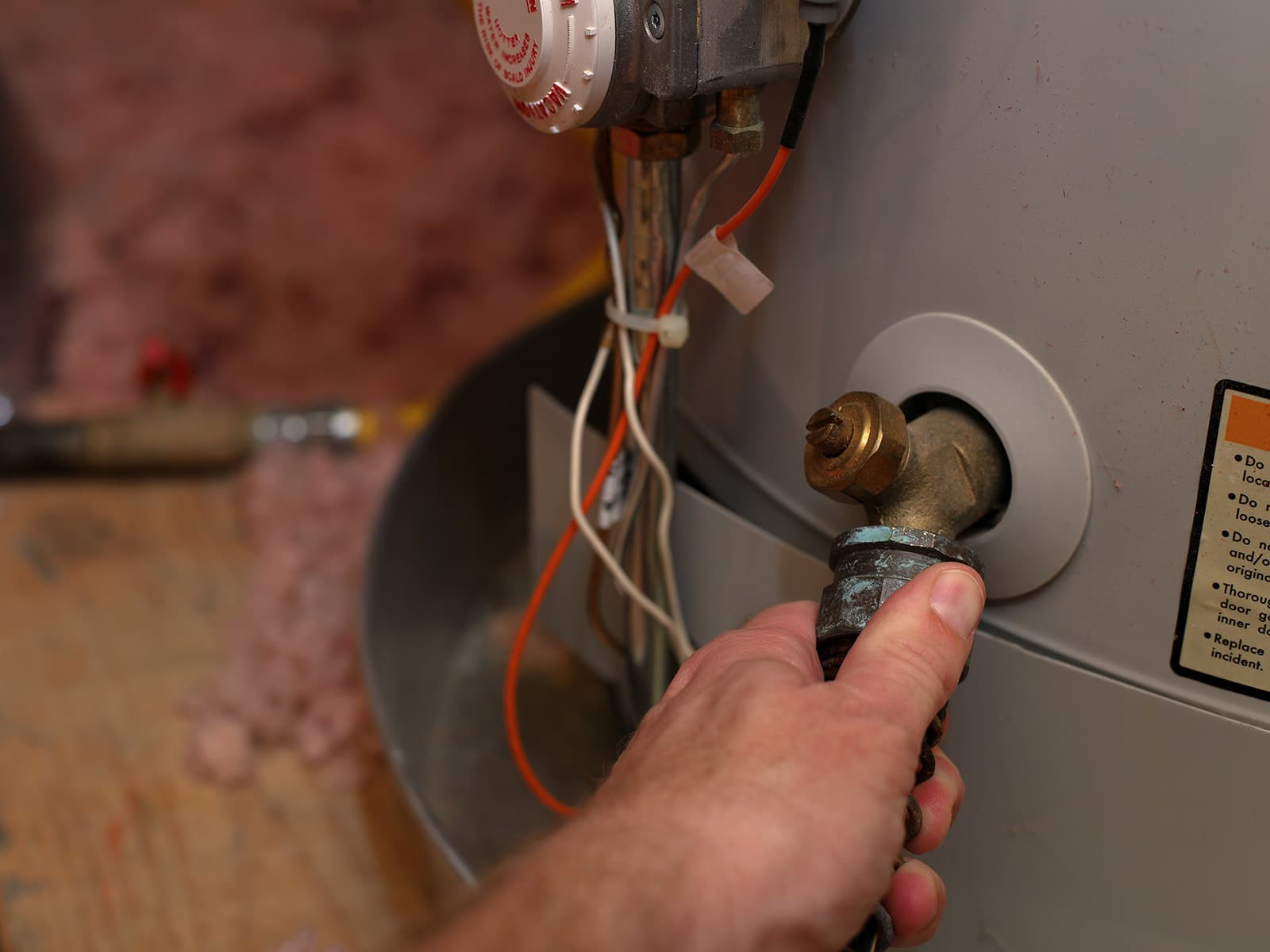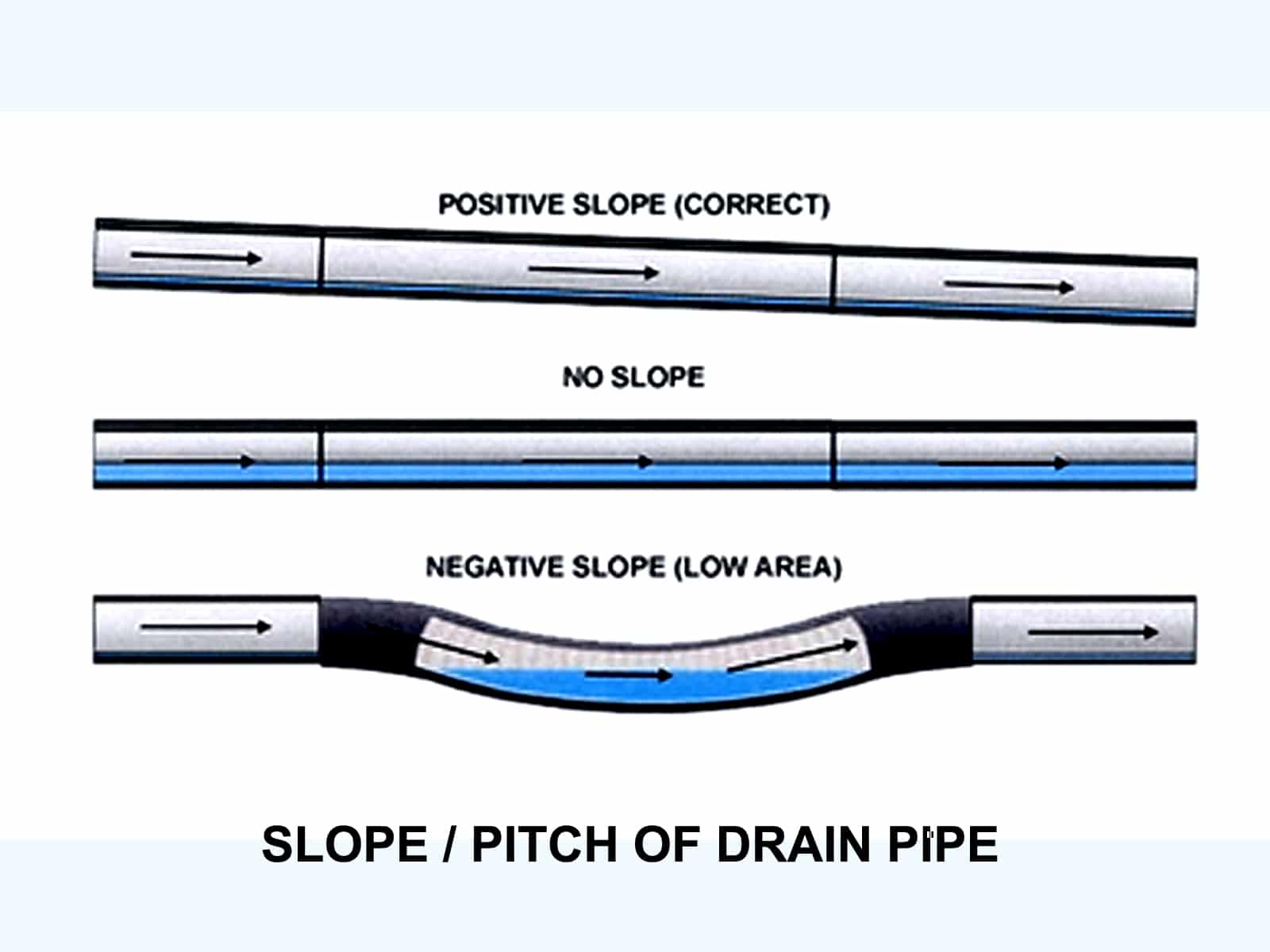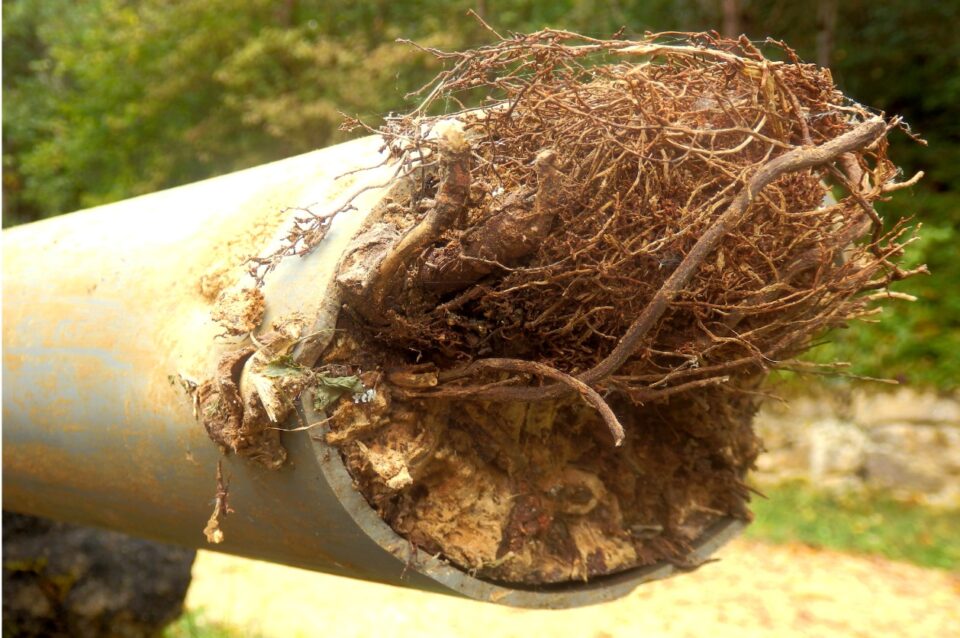Whether you live in a small town like the Village of Malverne, or a large city like New York, there is a right way to drain water heater tank systems , and a wrong way as well. First of all , there are two common types of water heaters: the conventional storage tank and the on-demand tankless models. Regardless of the variant you have, this appliance requires regular maintenance. The conventional type needs even more frequent cleaning to get rid of sediment, debris, scale, and prevent corrosion. Accumulation of dirt in the tank makes the appliance work harder to heat water to the desired temperature. This directly translates to inefficient use of energy. You will have an easier time cleaning the tank if you drain it completely beforehand. Here is a step-by-step guide to get the job done.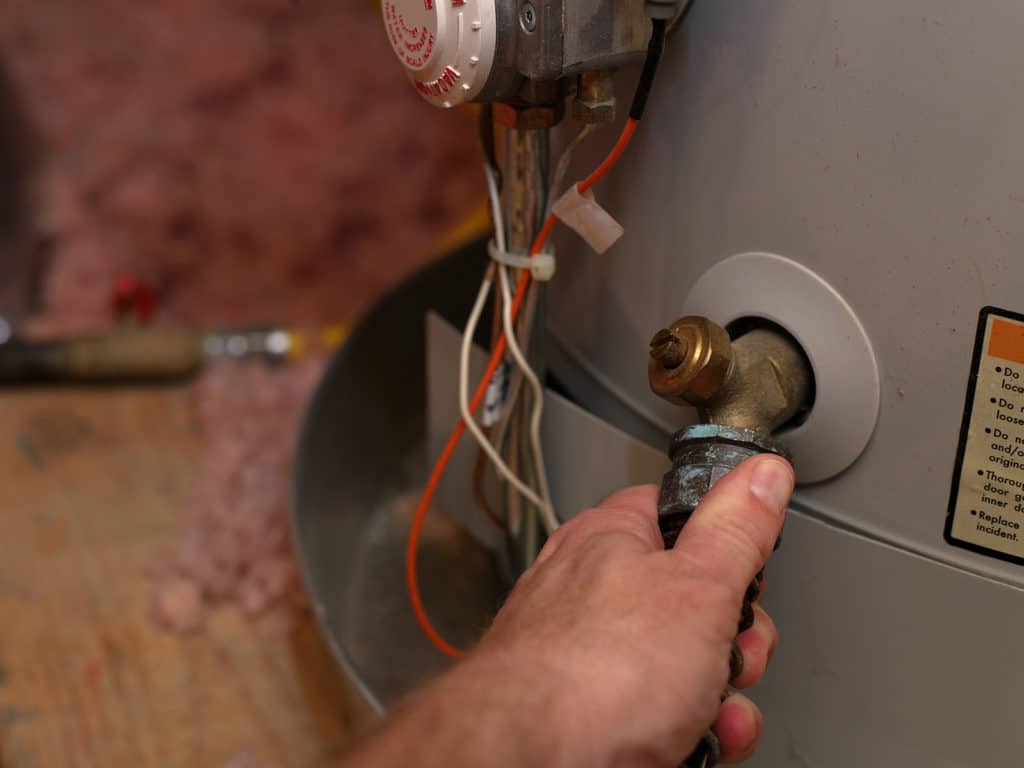
Drain water heater tank appliances using a 6 Step Process
Like many plumbing chores, a set process is helpful. To drain water heater tank appliances, a set process is likewise highly recommended.
1. Flush out your water heater tank:
Connect a garden hose to the tank drain valve BEFORE you shut off the water. With the pressure on, open and close the valve intermittently for few times, and several seconds each time. In the closed position, the pressure should build up inside the tank, and once opened the pressure will blow out chunks of sediment from the bottom of the tank. Keep doing this until you see none (or very little) debris coming out of the drain hose. Once you’re done, leave the valve in close position.
2. Shut off the water supply to the tank:
Another key point to drain water heater tank appliances is to shut the power supply. The right way to do this is to shut off the power source first. Therefore, you need to either turn off the gas or electricity that runs to the water heater. The next step is to close the water supply line to the tank. You can shut off either the cold water pipe or the main supply valve to your house. Closing the later means there is no water to other fixtures too. Always make sure the pressure is off; use a faucet to test if it is.
3. Open the tank drain valve:
Once again, open the drain valve (of course with the drain hose still attached to it). Remember that you need to release the vacuum so that the remaining water in the tank can come out. That means to open a valve atop the tank itself. You can disconnect the hot water pipe above the tank to allow air to come in. After some seconds, water will begin to flow out of the garden hose.
4. Flush with clean fresh water:
With the hot water pipe remaining disconnected, turn on the water valve that supplies water to the tank. The water will carry more sediment from inside the tank, and out through the garden hose. Do this several times using few gallons for each flushing. Once you are done, reconnect the hot water pipe. Make sure it is tight and properly sealed. There is usually a fitting called a union. A union allows for easy disconnect and reconnect of the piping when you drain hot water tank systems. Patience in repeating the “fill and flush process” is vital in a successful drain water heater tank procedure.
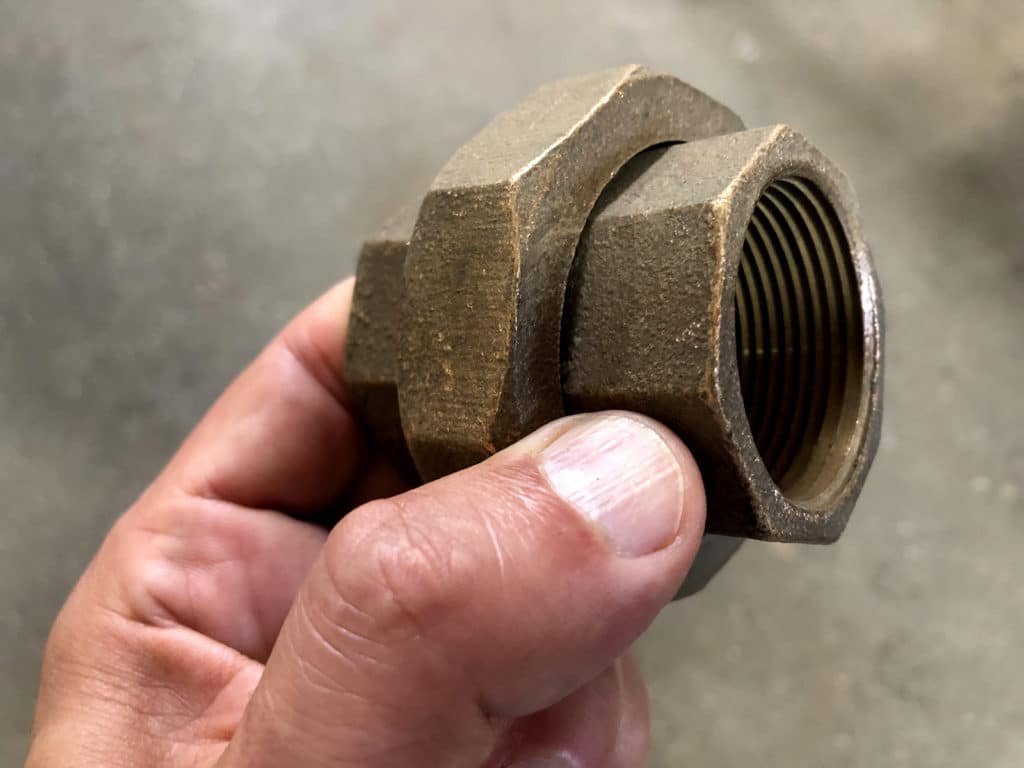
5. Refill the water heater tank:
Before you refill the tank, disconnect the water hose and close the drain valve. After few moments, test if water is flowing properly to one of your fixtures. Open the hot water faucet of the fixture, and leave it open for some minutes. Because the water heater tank is being refilled at the same time, water flow in the fixture may not be as powerful as you expect. It is normal that water and air are coming out of the faucet at the same time. Wait until all air bound inside the tank has time to escape. Close the faucet as soon as you get nothing but 100% pure water. At this point, the power source to the tank is still off.
6. Turn the electric power supply back on:
Turn the power back on, and you should get hot water after an hour or so, depending on the specific water heater model.
There is real chance that the water heater drain valve may not close fully after you opened it earlier. Check for any leak; if you find any, replace the valve immediately. It is probably good idea to have a spare valve before you even do the first step in the list. Drain valves are quite inexpensive and readily available. Every water heater tank also has an anode rod inside. You can think of it as a sacrificial rod that attracts a lot of particles such as fluoride, chlorine, and magnesium. The rod will extend the lifespan of the tank but it basically sacrifices itself. This rod is factory installed, so it is best to call a professional plumber to replace it once a year or anytime you clean the tank.
Repairing and reinstalling a water heater tank is a plumbing task you should not take lightly. It is a big appliance connected to power source (either gas or electric) and, as the name suggests, water. Small mistakes can cause injuries and severe damages to the house, so calling a professional plumber to drain water heater tank systems is still the smartest thing to do. The sewer, drain, and water service line professionals at take pride in providing expert advice to our neighbors on Long Island, and throughout NYC. Feel free to contact Team Balkan for additional expert advice of service.
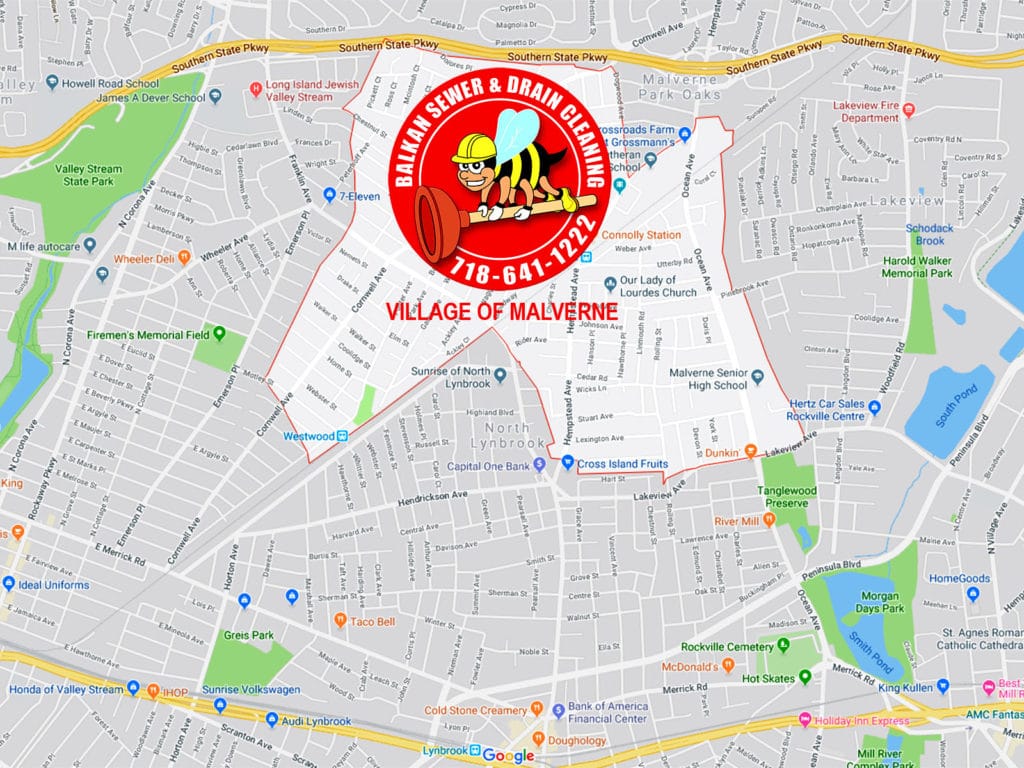
A little bit about the Village of Malverne
The Village of Malverne had a population of just over 8,500 people as of the census of 2010. The village is located in the town of Hempstead and is just south of the Southern State Parkway. Like a lot of areas in New York the name itself is derived from English origins, originating from Malvern in England. Also like so many towns and villages on Long Island, its growth is directly attributed to farm land being sold off and the Long Island Railroad supplying easily accessible and affordable transportation.

